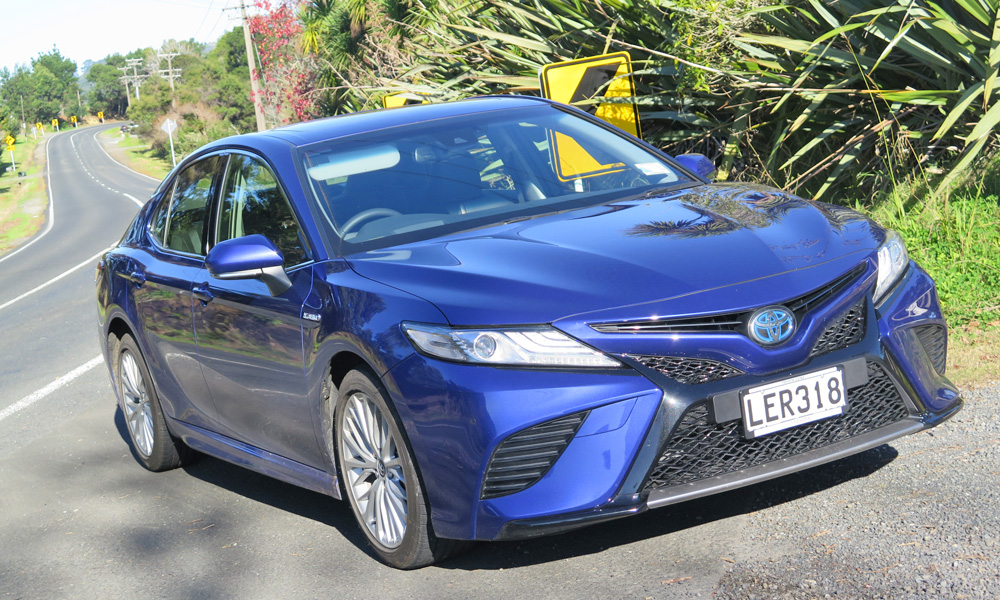
Toyota Highlander GXL 2021 Car Review
The Toyota Highlander is a New Zealand favourite, with the 2021 Highlander becoming the ninth model in the current Toyota range to feature a hybrid powertrain. Impressively the Highlander was also a finalist in the AA Driven New Zealand 2021 Car of the Year in both the Clean & Green Hybrid category and Large SUV category, which was an impressive achievement and shows that you can still have a sizable capable SUV that has a small carbon footprint.





